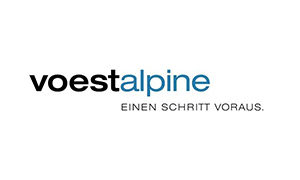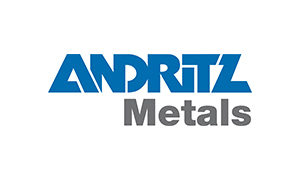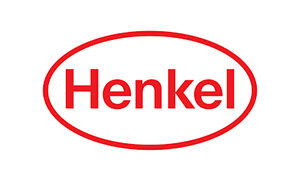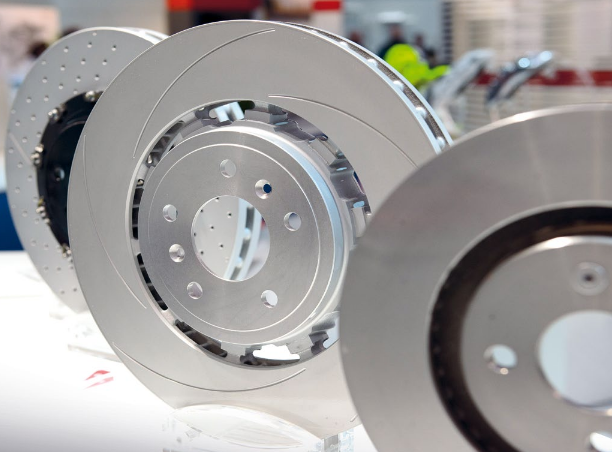
Protection for metals and the environment
Long-term corrosion protection is of great importance in many areas, such as the automotive industry. The frequently used method of galvanizing with subsequent treatment with salts of chromic acid has proven to be effective, but harmful to health. The CEST research centre and its partners have developed a process that offers lasting protection without serious side effects.
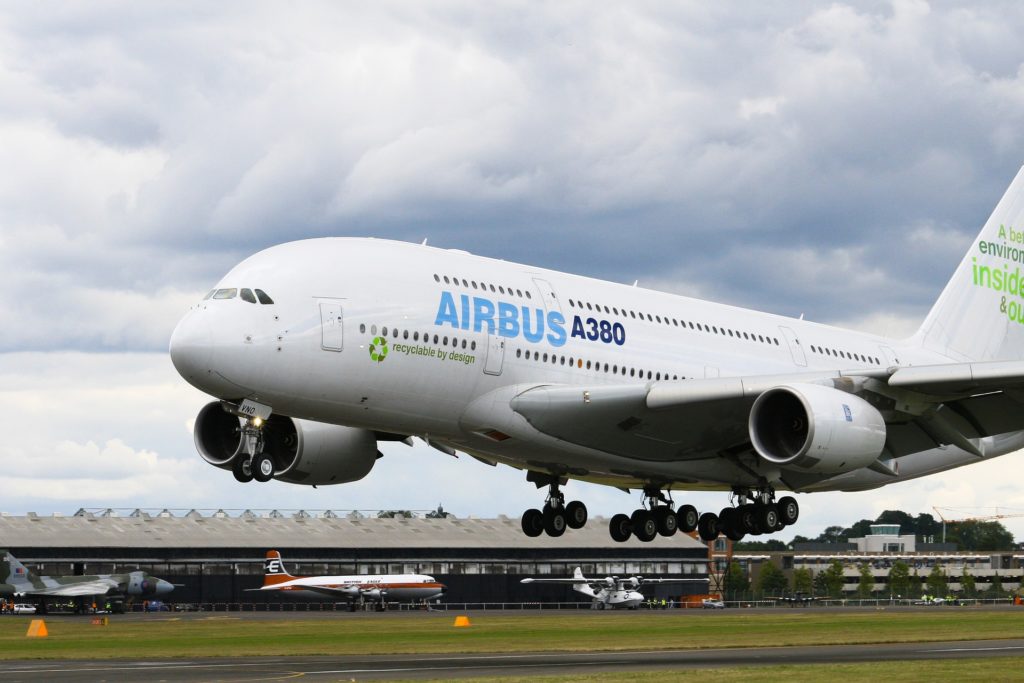
Chromium-free sealing layers for the aerospace industry
Aluminium alloys are widely used in aviation. Currently, 95% of aluminium parts are protected from corrosion by surface treatment. In aviation, chromic acid anodization in combination with a dichromate-based sealant (Alodine®) with or without paint is still the main surface treatment used.
These corrosion protection coatings use carcinogenic Cr(VI) or Cr(VI) compounds a in for the coating process. The aim of the NOCROMAL project was to develop environmentally friendly technologies that comply with EU directives, in particular REACH. The EU Directive 1907/2006, “REACH” created a new legal framework for the use of chemicals in Europe. Chromates have been included in Annex XIV of the REACH Directive. The use of Cr(VI) in European industry is to be strictly prohibited in the medium term. Research activities are therefore focused on the development of alternative and sustainable technologies to market maturity – under the pressure of REACH regulation, the industry is striving to convert its processes to environmentally friendly technologies.
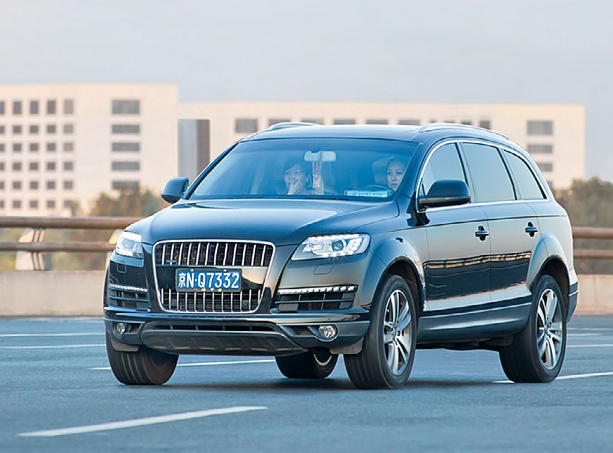
No chance for contact corrosion
Weight reduction is one of the major topics in automotive engineering. In order to meet the necessary crash safety requirements, lightweight components have to be combined with steel parts. However, there is an increased risk of corrosion at the joints. To counteract this risk, CEST has systematically analyzed effective corrosion coatings.

